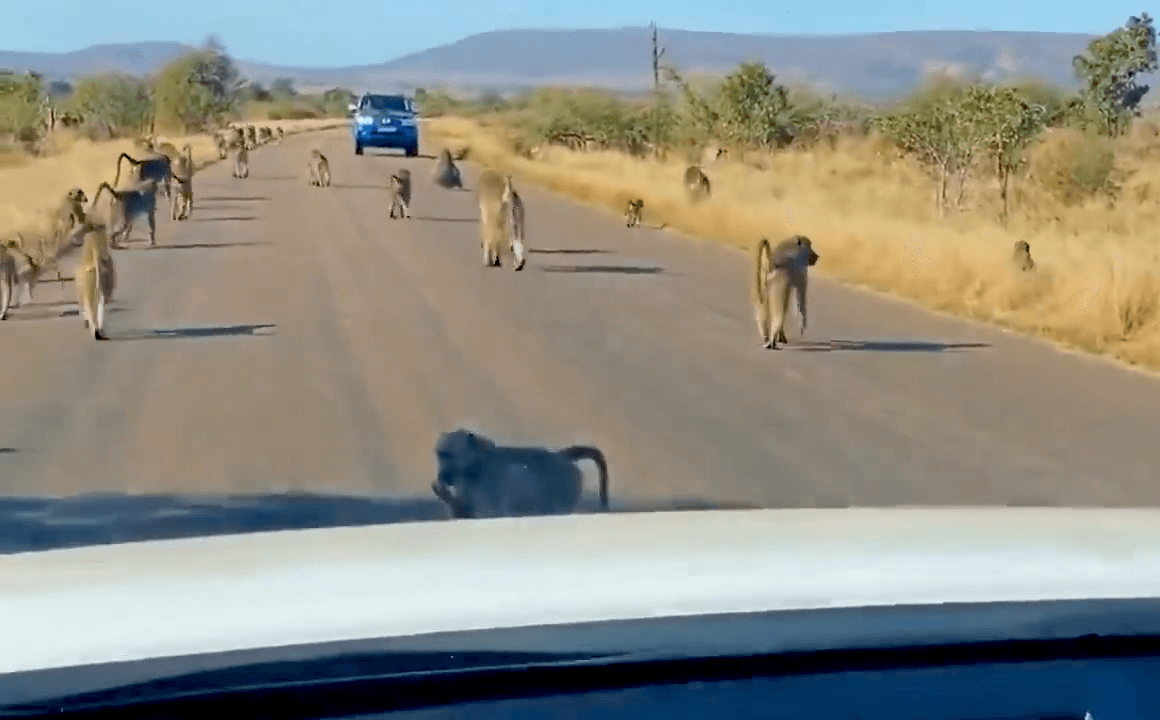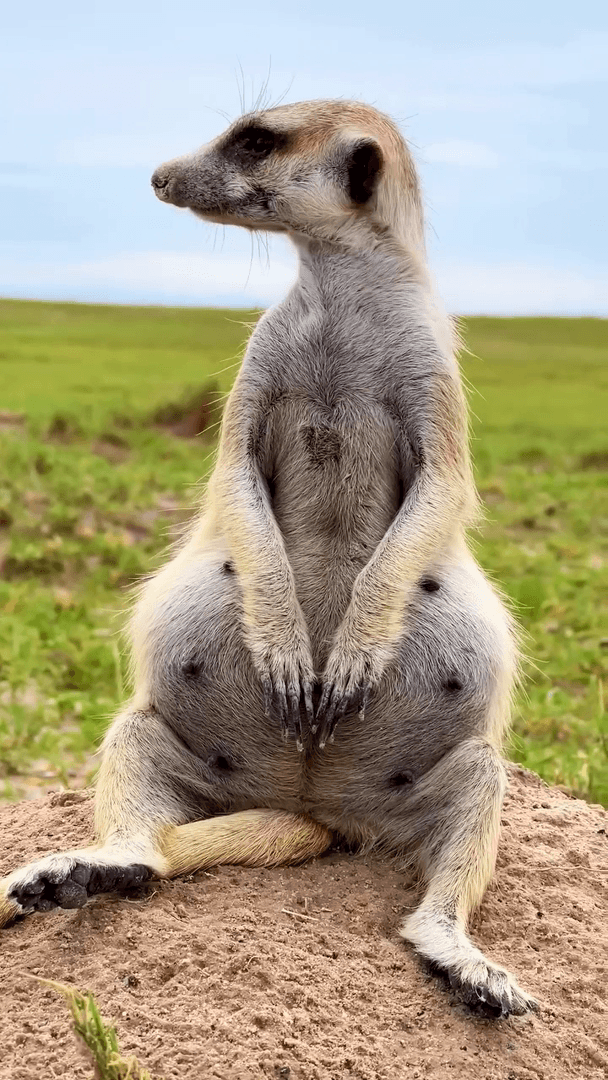
Hunting in Mashonaland East, Zimbabwe: Unveiling Geographical Characteristics and Exploring Types of Hunting in the Mashonaland East Mashonaland East, one of Zimbabwe’s most picturesque provinces, offers a unique and rewarding hunting experience for both local and international hunters. Known for its diverse landscapes, rich wildlife, and well-managed hunting concessions, this region is a prime destination for those seeking adventure in the African bush. Below, we delve into the geographical features, hunting characteristics, regulations, and traditions that make Mashonaland East a standout destination for hunters. Geographical and Natural Features of Mashonaland East Mashonaland East is characterized by a mix of rugged terrain, rolling hills, and fertile plains. The region is bordered by the majestic Eastern Highlands to the east, providing a stunning backdrop for hunting expeditions. The area is rich in biodiversity, with miombo woodlands, savannah grasslands, and riverine ecosyst
Post: 3 July 22:56
















































